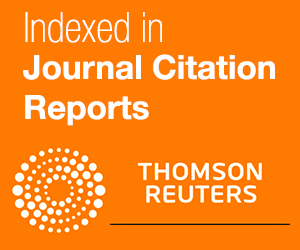CLINICO-EPIDEMIOLOGY AND THERAPEUTICAL TRIALS ON BABESIOSIS IN SHEEP AND GOATS IN LAHORE, PAKISTAN
M. Ijaz, A. Rehman*, M.M. Ali, M. Umair**, S. Khalid****, K. Mehmood and A. Hanif***
Department of Clinical Medicine and Surgery; * Department of Epidemiology and Public Health; University of Veterinary and Animal Sciences Lahore, 54000, Punjab, Pakistan; **Department of Epidemiology & Public Health, University of Salford, Manchester, United Kingdom; ***King Edward Medical University, Lahore,
****University College of Veterinary & Animal Sciences, Islamia University of Bahawalpur
Corresponding author’s email: mijaz@uvas.edu.pk
ABSTRACT
The prevalence of babesiosis in sheep and goat in Lahore and its peri-urban areas was investigated and the efficacy of three different treatments was measured. A total of 620 blood samples (n=243 sheep; n=377 goats) were collected and examined microscopically. Babesia infection was found in 57(23.46%) sheep and 51(13.53%) goats. Haemoglobin (Hb), packed cell volume (PCV), red blood cells (RBCs) and thrombocytes were found to be significantly decreased (P<0.05) while there was no effect on other blood parameters. Efficacy of imidocarb dipropionate along with oxytetracycline, imidocarb dipropionate alone, diminazene aceturate along with oxytetracycline and diminazene aceturate alone was 100, 80, 80 and 70 percent in sheep whereas in goats 100, 80, 90 and 70 percent against babesia respectively, making imidocarb dipropionate along with oxytetracycline the most effective combination in both sheep and goats.
Key words: Hb; RBCs; Babesia; Imidocarb dipropionate; Diminazene aceturate.
|





